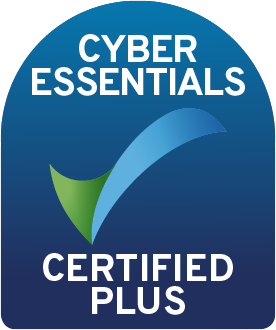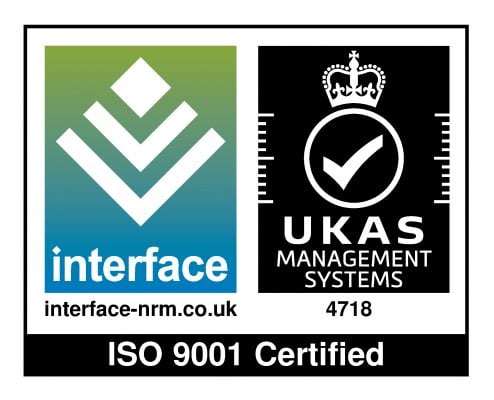The Great Resignation is over. While this may prompt employers to breathe a sigh of relief, there’s no denying that action must be taken if we want to prevent dissatisfied employees from once again leaving in their droves. So how do we stave off another period of mass employee exodus? While the COVID-19 pandemic catalysed the Great Resignation, issues such as lack of advancement opportunities, burnout, and poor employee/manager relationships all sparked employees to re-evaluate their current employment. The most effective way to address these issues is to implement an effective talent management strategy. Whether you’re looking to prevent the Great Resignation 2.0 or simply looking to get the most out of your people, now is the time to prioritise talent management – find out how as we share our talent management best practices.
What is talent management?
Talent management is the process of attracting, developing, managing, and retaining talent/employees. It’s all about finding the right people and nurturing them so that they effectively contribute to the business or organisation and help achieve its goals and objectives.
As we’ve learned over the past several years, it’s no longer enough to simply hire someone and expect them to perform. Employees want more engagement from their employers than an annual appraisal, so thorough talent management processes are no longer a nice to have but an essential practice for employers hoping to retain their top talent.

Why implement an effective talent management process?
- Reduce staff turnover and save on associated costs as a result
- Cultivate a talented workforce that will help the business thrive
- Attract top talent looking to work for a business with a strong talent management process
- Create an agile and highly skilled workforce
- Increase employee satisfaction and engagement
- Cultivate better interpersonal relationships within your workforce
Only 13% of HR leaders rate their organisation’s performance on talent management as excellent. It’s time for change – let’s get started with these talent management best practices:
Attracting the right talent
We don’t need to tell you that a strong job advert and attractive proposition will draw in the right crowds when filling in a vacant position. While this is important, what will set your business apart is letting prospective employees know right from the outset that you are a company that prioritises employee development.
68% of workers say that they would stay with their employer throughout their career if the employer made an effort to upskill them. Upskilling and development opportunities can ensure you stand out from competitors when attracting top talent so be sure to first implement a thorough L&D strategy and then shout about it.
Thorough onboarding
Once you’ve attracted the right talent, the next stage in the talent management process should be the creation of a thorough onboarding programme. With a clear outline of the desired skills and knowledge, along with comprehensive competency mapping, new employees should have a clear understanding right from the start of what is expected of them in their new role, and how they will be supported throughout the onboarding and development process.
Looking for a guide on how to deliver thorough onboarding? Read our ultimate onboarding checklist here.
Set clear goals
An important talent management best practice is to set clear goals for employees to strive towards. These goals can be developed with wider company objectives in mind, but they can also be personal to each employee. Give your employees an opportunity to voice their career aspirations and set out a plan that will help them achieve these goals. By doing this, you’re creating opportunities for progression and mitigating the risk of employees leaving their current roles due to career stagnation.

Learning and development opportunities
82% of employees and 62% of HR directors believe that workers will need to hone their current skills or acquire new ones at least once a year to maintain a competitive advantage in the global job market. To support this, employers need to create a culture of continuous learning.
Using an e-learning platform such as a learning management system (LMS), employers can deploy high-quality content that serves a range of L&D purposes, including creating development opportunities that allow employees to keep up with the latest skill requirements.
Reward achievement
A hugely important aspect of the talent management process is championing talent by celebrating their achievements. And these celebrations shouldn’t be limited to annual appraisals. Whether it’s performance-based or rewarding employees for completing a new L&D course, formalising the process of regularly celebrating and rewarding achievements can make all the difference when it comes to motivating your team to do their best.
Performance management practices
When people think of talent management, they think of performance management processes. And quite rightly so as this is a vital part of talent management. There’s a lot to consider when it comes to performance management, so employers need to use the right tools to support it.
With a performance management system such as Totara Perform, one-to-ones, performance reviews, 360 feedback, and succession planning are seamlessly supported by the platform. With Totara Perform, performance management practices are thorough and evidence-based, with a clear alignment to wider company activities and objectives. Find out more about what Totara Perform can do for your talent management practices here.
Put these talent management best practices to use with the right software
67% of best-in-class companies are investing in talent management software. If you haven’t already, now is the time to do so. Chat with one of our experts to find out how our talent management software will ensure you get the most out of your people.
.png)
Support your talent management processes with this FREE guide
By following the practical 10 steps outlined in this guide, you can expect to have your best performance management year yet.
.png?width=1080&height=150&name=Slim%20blog%20CTAs%20(26).png)
.png?width=1080&height=150&name=Slim%20blog%20CTAs%20(20).png)




